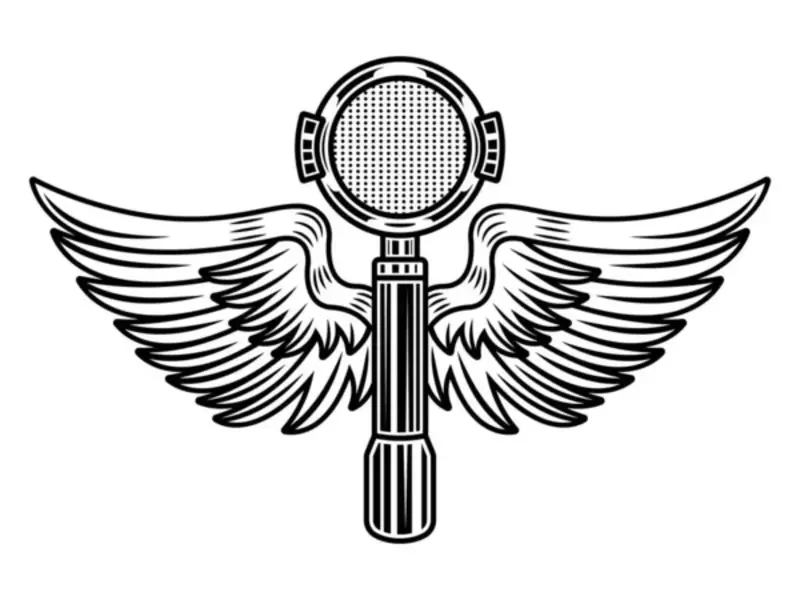Troubleshooting Common Espresso Machine Issues: Pressure Problem

There’s no denying the pleasure a perfectly brewed espresso can bring. However, like all machines, espresso machines are not immune to malfunctions. One issue that many enthusiasts encounter is the espresso machine pressure problem. Understanding the signs and knowing how to tackle them can save your brew and prolong the life of your machine.
Understanding Espresso Machine Pressure
Pressure plays a pivotal role in creating the ideal espresso shot. To craft a standard espresso, the machine pushes water through a puck of finely-ground coffee at approximately 9 bars of pressure. This is essential because it’s this force that extracts the oils, flavors, and compounds from the coffee grounds, combining them to produce the concentrated drink that many have come to cherish. But it’s not just about achieving pressure—it’s about maintaining the right pressure consistently.
If the pressure drops or exceeds the recommended level, even slightly, the espresso’s taste, aroma, and texture can be adversely affected. Understanding the importance of this factor ensures that coffee enthusiasts can appreciate the nuances of the brewing process and be more vigilant in ensuring their machines function optimally.
Common Signs of Pressure Issues
When brewing espresso, any slight deviation from the ideal pressure can manifest in your drink’s final output. For instance, if your espresso starts gushing out too swiftly, it’s a potential sign of excessive pressure. On the other hand, a dribble or a notably slow pour could indicate insufficient pressure. Observing the crema – that cherished golden layer of foam on your espresso – can also provide clues. A perfect crema is a testament to balanced pressure during extraction.
However, an overly dark or too thick crema can hint at heightened pressure levels. In contrast, a weak, barely-there, or pale crema often screams of low pressure.
Causes of Pressure Problems
The causes behind pressure discrepancies in espresso machines can be multifaceted. One of the primary culprits is often the machine’s pump. Like any mechanical component, with time and consistent use, a pump can wear out, fail, or start malfunctioning, thus impacting the pressure it generates. Another common cause is scale buildup. Hard water, when heated, tends to leave behind mineral residues.
Over time, these minerals accumulate, leading to clogs in the machine’s intricate lines and pathways. This obstruction can severely hamper the consistent flow of water, thereby causing erratic pressure levels. Surprisingly, even the coffee grind can influence pressure.
Fixing the Problem: Where to Start
When confronted with an espresso machine pressure problem, your initial steps can often determine the success of your troubleshooting journey. The best place to start is with a thorough inspection. Check if there’s any visible damage to the machine or if any part appears worn out. Then, assess the water flow without coffee; this can help you ascertain if the issue arises from the machine itself or the coffee grind. Delving deeper, the next logical step is examining the pump.
If the machine is operating with a vibratory pump, it might be less robust and durable compared to a rotary pump, thus more prone to issues. Another valuable tip is to check the machine’s water source. Ensure that the water inlet isn’t blocked and that there’s a consistent water supply. Lastly, regularly descale your machine. By removing mineral buildup, you can often rectify many pressure-related woes before they escalate.
Preventing Future Pressure Issues
An ounce of prevention, they say, is worth a pound of cure. To ensure you don’t frequently encounter espresso machine pressure problems, some proactive measures can be invaluable. First and foremost, invest in a quality water filter. By ensuring that the water you use is devoid of harmful minerals and impurities, you can drastically reduce scale buildup. This not only keeps pressure levels optimal but also extends your machine’s lifespan. Moreover, consider your coffee grind carefully.
Regularly experimenting and adjusting the grind size can help maintain the right pressure. Another good practice is routine maintenance. This doesn’t mean tearing apart your machine every month but involves simple steps like checking seals, gaskets, and cleaning relevant components. Lastly, be attentive to any irregularities. The sooner you detect a problem, the easier it is to remedy, ensuring that your espresso shots remain consistently delightful. While facing a coffee machine pressure problem can be daunting, understanding its causes and solutions can ensure you’re back to brewing the perfect espresso in no time. A bit of knowledge, combined with regular maintenance, will keep your machine in top shape, guaranteeing countless delightful coffee moments.
